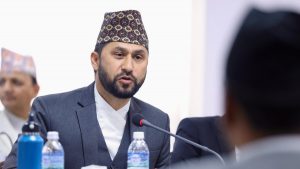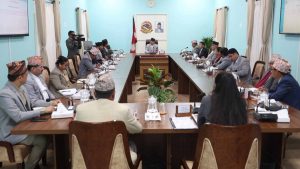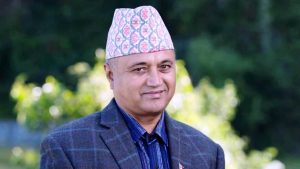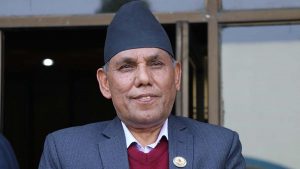
Prime Minister Prachanda Turns 69

Today marks the 69th birthday of Prime Minister Pushpa Kamal Dahal “Prachanda.” Born in Dhikurpokhari of Kaski district near Pokhara on December 11, 1954 (Mangsir 26, 2011 BS), Prachanda has played a pivotal role in Nepal’s political landscape.
As the evening sun sets on this special day, we take a moment to reflect on the life and contributions of this visionary leader who has left an indelible mark on the nation.
A former guerrilla leader, Prachanda spent nearly 13 years underground before transitioning into mainstream politics when the Communist Party of Nepal (Maoist) adopted a peaceful approach, signaling the end of a decade-long armed insurgency. His leadership was instrumental in the decade-long armed struggle from 1996 to 2006, culminating in the signing of the Comprehensive Peace Agreement in November 2006.
Prachanda, who founded the Communist Party of Nepal (Maoist) in 1995, has served as Nepal’s prime minister twice before, first from 2008 to 2009 and then from 2016 to 2017. In a surprising turn of events, he assumed office as the country’s prime minister for the third time in December 2022.
Despite the political engagements that have defined his recent term, today is a day of celebration for Prachanda, as he turns 69. Greetings and well-wishes have poured in from all quarters, with people, celebrities, and leaders expressing their admiration for the veteran politician.
Amidst the festivities, Prachanda has been actively participating in various political programs throughout the day, underscoring his commitment to public service even on his birthday. The occasion not only marks the passage of another year in his life but also provides an opportunity to reflect on his enduring contributions to the nation.
As the day draws to a close, Prime Minister Prachanda remains at the center of attention, balancing the demands of political leadership with the joyous celebration of his birthday. His journey from a guerrilla leader to a three-time prime minister reflects the complexities and resilience of Nepal’s political landscape.














Comments